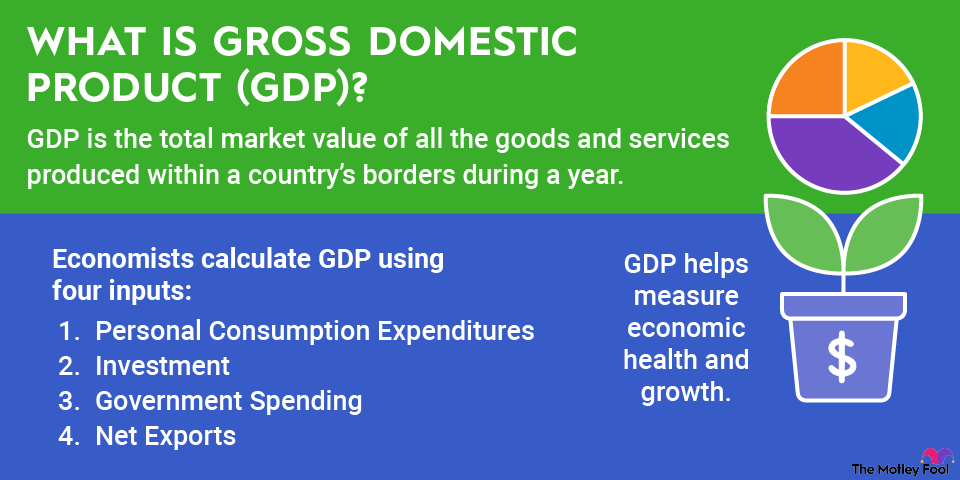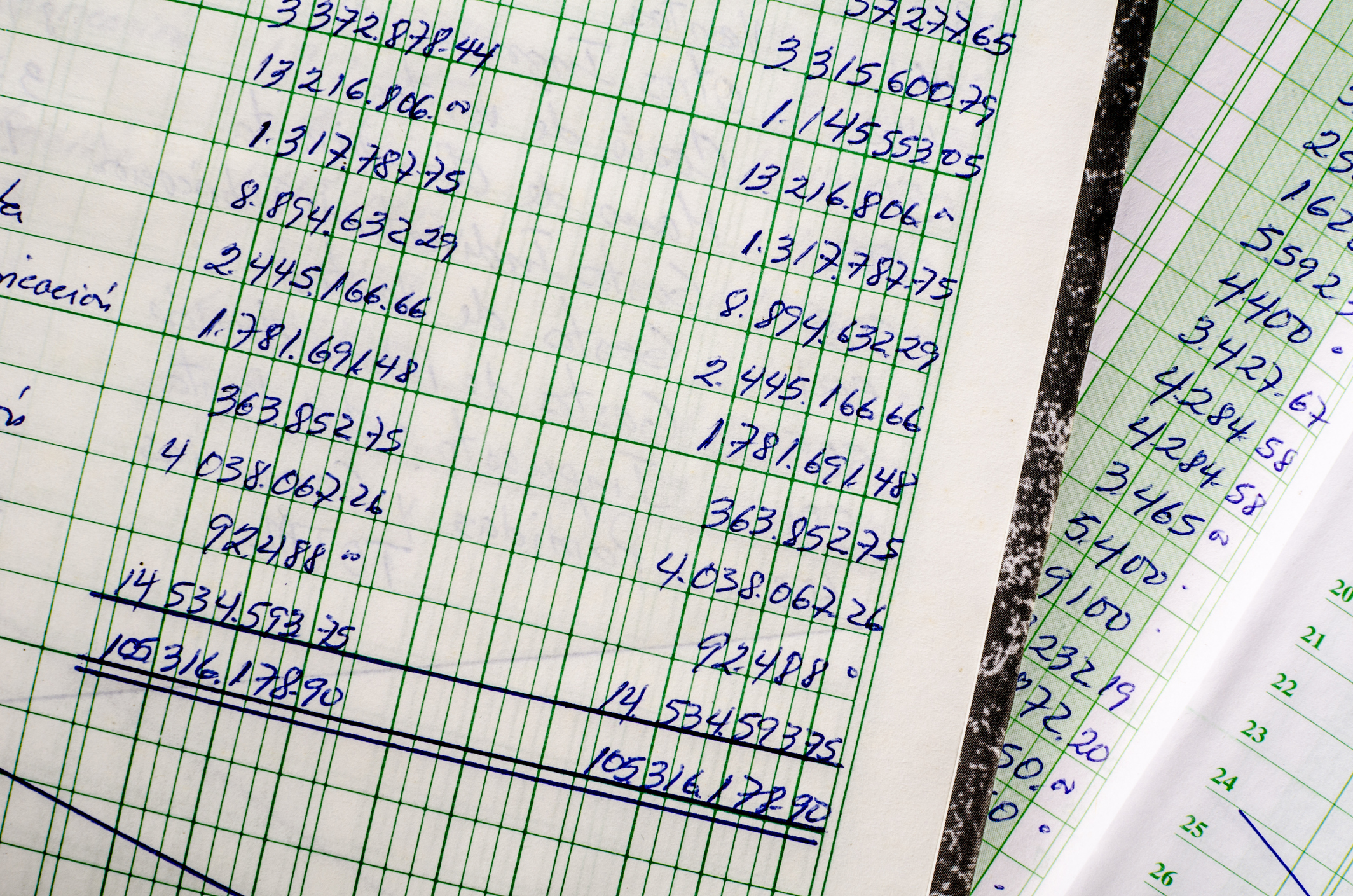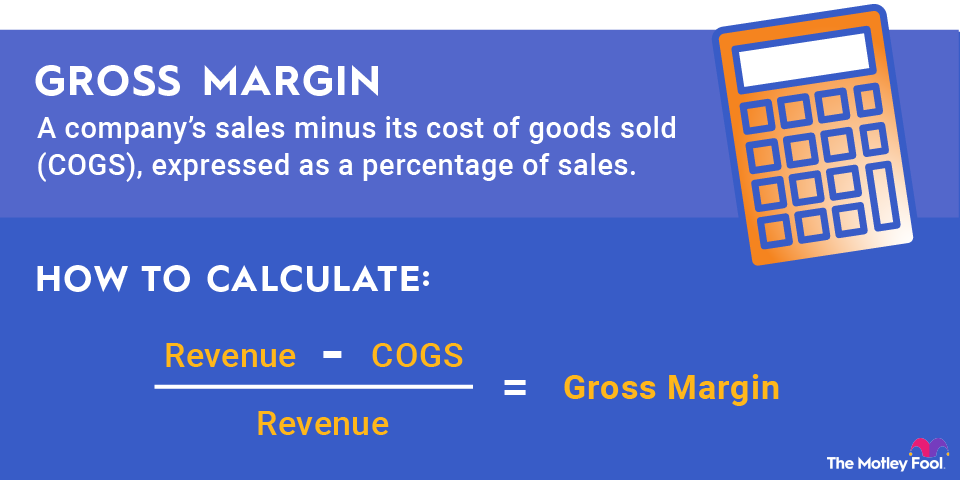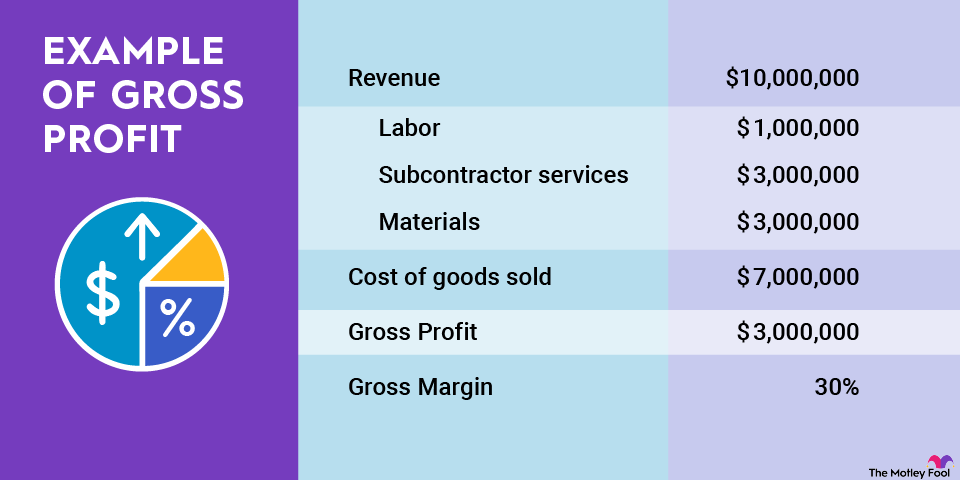Generally accepted accounting principles, or GAAP, is a set of accounting standards followed by most U.S. businesses, nonprofit organizations, and state and local governments. GAAP is industry shorthand used to denote the standardized guidelines that specify how and what companies report to the public.
Interested parties, such as investors, lenders, and potential donors, expect companies to adhere to GAAP reporting standards so that they can understand an organization's financial performance and compare it to others. Let's take a closer look at these generally accepted principles and who uses them.
Who uses GAAP?
Publicly traded companies adhere to GAAP because it is required by the Securities and Exchange Commission (SEC). That means GAAP is particularly useful for investors because it requires each company to measure and report its financial performance in the same way. Directly comparing companies and different reporting periods for the same company are integral to making investment decisions.
By contrast, most private companies keep track of their financial performances only for tax purposes. GAAP principles have less importance if the company doesn't plan to offer an initial public offering (IPO). Companies often report both GAAP and non-GAAP (adjusted) results.
IPO
What are the generally accepted accounting principles?
Auditors and internal accountants are required to follow these 10 generally accepted accounting principles:
1. Regularity
Companies must follow all specific rules and regulations with regularity. The accounting principles work together, so any deviation from reporting requirements on one part of a company's financial statement could cause other parts to be incorrect.
2. Consistency
The same accounting standards should be consistently applied to the entire accounting process. And a company must verify that these standards have been carried out throughout the company.
3. Sincerity
Accurate and impartial accounting is imperative. Despite being paid by the companies they are auditing, accountants must prepare truthful and sincere financial statements.
4. Permanence of method
Different but equally valid accounting methods are sometimes available. Companies should use the same methods across reporting periods as much as possible. Establishing a permanent accounting method facilitates accurate comparison.
5. Noncompensation
The value of a company's liabilities should not be compensated for by the value of the company's assets. A company's assets may exceed its debt, but its financial statements should report its asset and liabilities separately.
6. Prudence
Accountants should be prudent and conservative when deciding which accounting methods to use. A prudent approach ensures a company's financial performance is not overstated.
7. Continuity
Accounting should be conducted based on the assumption that a company will continue to operate indefinitely. If an accountant is required to make any assumptions, those assumptions should be based on historical precedents set by the business.
8. Periodicity
Financial data should be reported at regular intervals to allow for easy comparison among reporting periods and companies.
9. Materiality
All material financial data and information should be disclosed. Anything that affects a company's financial standing is generally considered material, meaning companies must provide full financial disclosure.
10. Utmost good faith
Accountants and business managers should act in good faith by honestly recording transactions and collecting financial data.
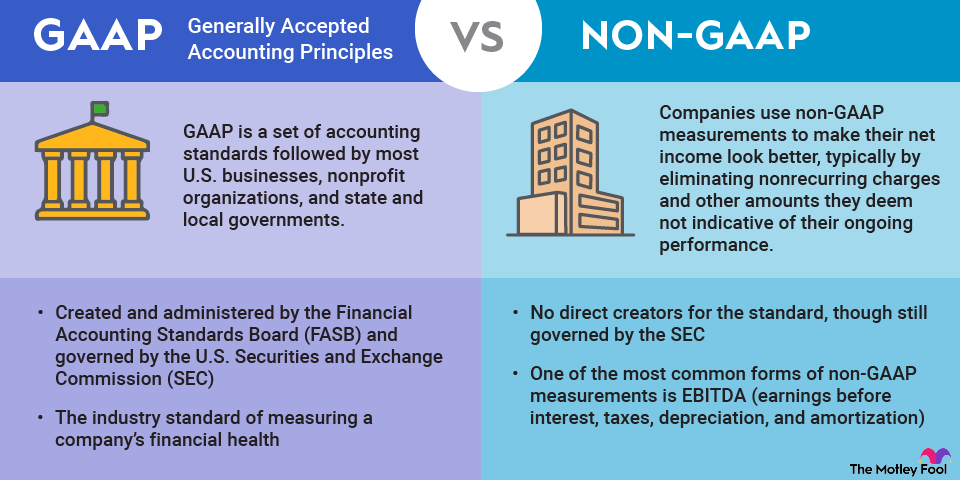
Four additional GAAP principles
In addition to these 10 primary principles, companies are expected to adhere to four additional principles to guarantee the integrity and consistency of their financial statements:
- Recognition: Financial statements should accurately recognize all of a company's assets, liabilities, revenue, and expenses.
- Measurement: Financial statements should measure and present financial results in accordance with GAAP specifications.
- Presentation: For its financial statements, a company should present an income statement, balance sheet, and cash flow statement.
- Disclosure: In the spirit of full disclosure, financial statements should include any necessary notes to fully explain the financial information provided.
Revenue
Rules and regulations for GAAP
The Financial Accounts Standards Board (FASB), a nonprofit organization given regulatory authority by the SEC in the 1970s, establishes specific rules and standards in accordance with GAAP. These are the basics of GAAP rules:
- Accrual accounting: GAAP accounting is accrual accounting. The accrual accounting method records revenue when a service is provided or a good is sold, not when cash is exchanged. Direct expenses, such as cost of goods sold, are accounted for when the sale of the product or service occurs. Indirect expenses, such as rent and marketing, are accounted for when the expense is paid.
- Depreciation and capital expenditures: The costs of large asset purchases are accounted for over the life of the asset. If a business buys a piece of equipment expected to last 10 years, the business will expense 10% of the cost of the equipment each year for 10 years.
- Historical cost: Most assets, like a company's property, facilities, and equipment, are reported on the company's balance sheet at their original costs, not their current market values.
- Bad debts: Companies with significant accounts receivable -- money owed to them by customers -- must account for the likelihood that some of that money will never be received.
Related investing topics
Accountants devote their entire careers to understanding and applying the specific rules that the FASB establishes in accordance with GAAP. Knowing at least the basics of GAAP can help investors better understand and compare the companies in their portfolios.
